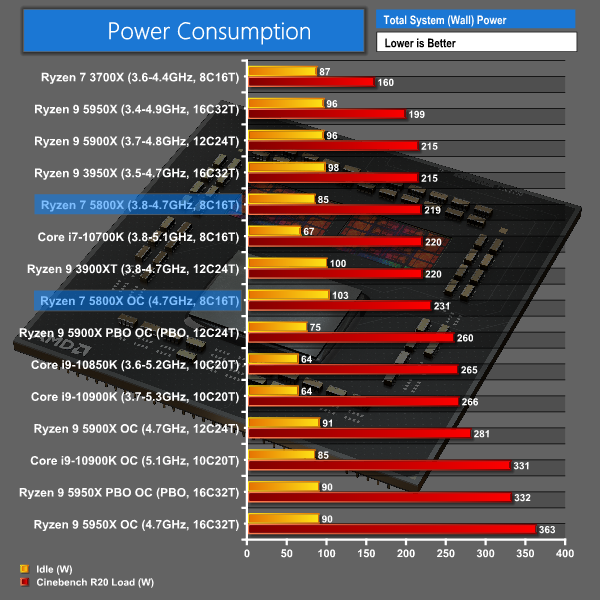
- CPU STRESS TEST RYZEN FOR FREE
- CPU STRESS TEST RYZEN HOW TO
- CPU STRESS TEST RYZEN 1080P
- CPU STRESS TEST RYZEN MANUAL
- CPU STRESS TEST RYZEN TRIAL
CPU STRESS TEST RYZEN 1080P
You could also test a CPU-intensive game (like Shadow of the Tomb Raider) at 1080p and low settings to get the baseline gaming performance numbers. A couple of runs of Cinebench will do the trick. Okay, before you dive into BIOS settings, test your CPU on stock settings to get the base numbers when it comes to performance and thermals. HWiNFO is the most robust one and we wholly recommend it.įinally, while we’re explaining the overclock process via BIOS, you can also use Intel’s Extreme Tuning Utility. Prime95 is still the best choice but we would also like to mention OCCT, which comes with a plethora of stress tests that are handy for overclocking the CPU, but also for OCing the memory or the GPU.įor performance testing, there’s Cinebench (it doesn’t matter whether you’re using version 20 or 23) and you can also get a couple of games with built-in benchmarks to test performance and stability. What You Needįirst of all, you’ll need a CPU stress test utility. First of all, let’s gloss over the apps you’ll need for overclocking.
CPU STRESS TEST RYZEN MANUAL
Unlike Ryzen CPUs, which include several ways to overclock, Intel CPUs use the good old manual OC that includes tweaking the frequency multiplier. You’ll see performance gains in multithreaded loads, but they won’t be anything to awe at. 1 performance, which can lead to more fluid gameplay. In some cases (like when using AMD’s PBO 2) you can get higher. This can lead to degradation in performance, especially when playing games that are very sensitive to higher single-core clocks. Their specs include single-core boost clocks that are often higher than potential all-core overclock maximum values. Flagship CPUs are already pushed to their limits with aggressive boost clocks.

We will also explain the differences in overclocking Intel and AMD CPUs.īefore we start, do note that overclocking modern CPUs won’t give you a whole lot of extra performance.
CPU STRESS TEST RYZEN HOW TO
Today, we’re going to answer the question of how to overclock your CPU. That said, overclocking your CPU can give you extra frames in games and noticeably shorter render times. These days, both AMD and Intel push their CPUs to limits with dynamic boost features so there’s not a lot you can do to get extra performance. Back in the day, you could get a completely new CPU simply by increasing the clock of your current processor. Both versions of the benchmark have a custom stress test duration option.Glory days of CPU overclocking are long gone. But when torture testing your CPU, there’s no difference which version you’re using.

CPU STRESS TEST RYZEN TRIAL
It’s not free, but comes with a 30-day trial period.Ĭinebench R20/R23 – When benchmarking your CPU, Cinebench R23 is a bit better because it runs each test three times by default, giving you more precise results. It’s updated for modern CPUs making it the best free CPU stress test you can get.Īida64 – Not as punishing as Prime95, but still a solid way to test your CPU more realistically. Prime95 – This is a very old but still relevant CPU stress test tool. Also, most CPU benchmark and stress test apps are extremely lightweight and downloading them shouldn’t be an issue even if your internet connection is slower than slow.
CPU STRESS TEST RYZEN FOR FREE
It’s better to use a tried-and-true tool that’s available for free than a shady online tool. When it comes to online CPU stress tests, we don’t recommend using them. This one can sweat even the most powerful CPUs.Ĭheck out the best CPU stress test you can use below. The large FFTs test should be followed with a “Small FFTs” test, which is the most demanding CPU torture test found in Prime95. Next, when overclocking, first use the “Large FFTs” test to test your XMP memory profile.

If the app, or any of the threads, doesn’t crash or stop running, you’re fine. Important since most RAM modules nowadays use some sort of XMP. It combines all other tests and is great for new systems because this way you can test both the CPU and memory.

When testing a new build, you can just select the “Blend” option. Now, when you open Prime95 you’re greeted with lots of different settings, so let us explain which settings to use depending on your use case. For instance, Mos sensors show you VRM temperature, which could throttle your CPU if it goes too high (over 90 degrees Celsius or higher). When it comes to the monitoring software, focus on CPU thermals but also thermal data from motherboard sensors.


 0 kommentar(er)
0 kommentar(er)
